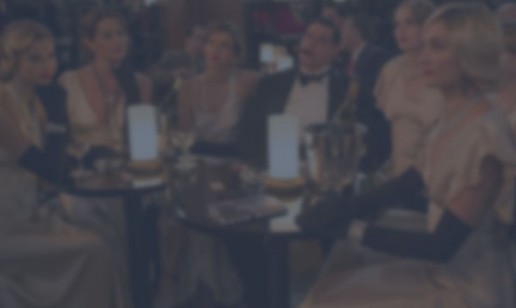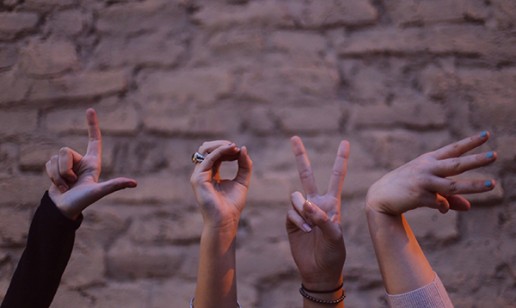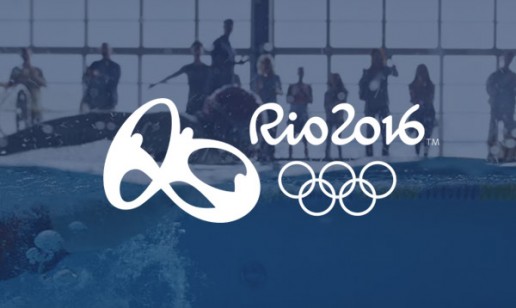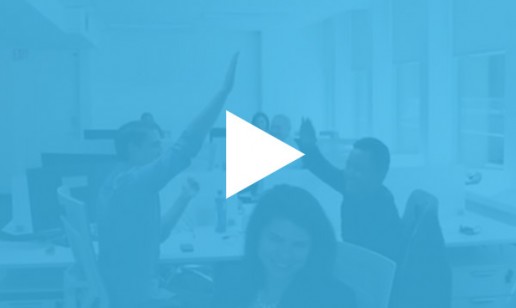Case Study: In-Stream and Out-Stream Video for Mongrel Media







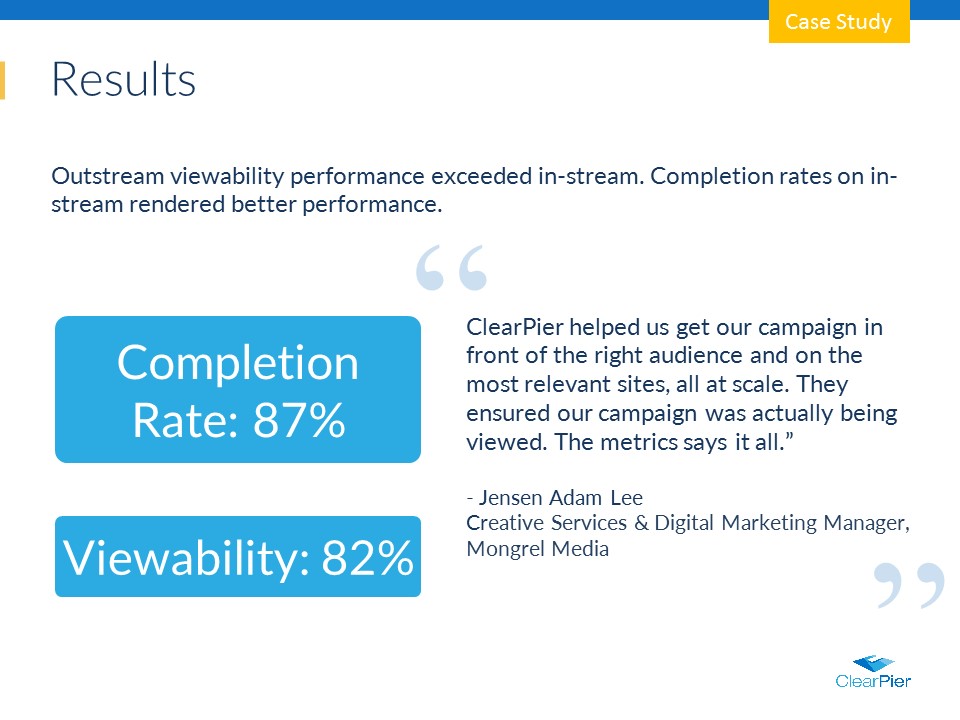
Want to learn more? Connect with our team at sales@clearpier.com
[Video] The Ten Biggest Marketing Trends of 2017
If you’re wondering what the big trends to look out for are, just watch this.
Want to learn more? Connect with our team at sales@clearpier.com
[Video] Valentine's Day Marketing Stats That Will Make You Rethink Your Marketing
The way consumers celebrate Valentine’s Day has changed.
This video explains how.
https://youtu.be/ZCAbMT_RtfI
Did you know that Valentine’s Day sales reached an all-time high in 2016 at $19.7 Billion, according to the National Retail Federation.
Fortune and MarketWatch report that this year, sales for the holiday are projected to dip down to $18.2 Billion.
But nonetheless, Valentine’s Day continues to be one of the year’s most popular holidays – at least when it comes to consumer spending.
Marketers take note, the way consumers are celebrating Valentine’s Day has changed and the stats might actually surprise you.
1. 54.8% of Americans Celebrate Valentine’s Day
In fact, people of all ages celebrate Saint Valentine’s Day.
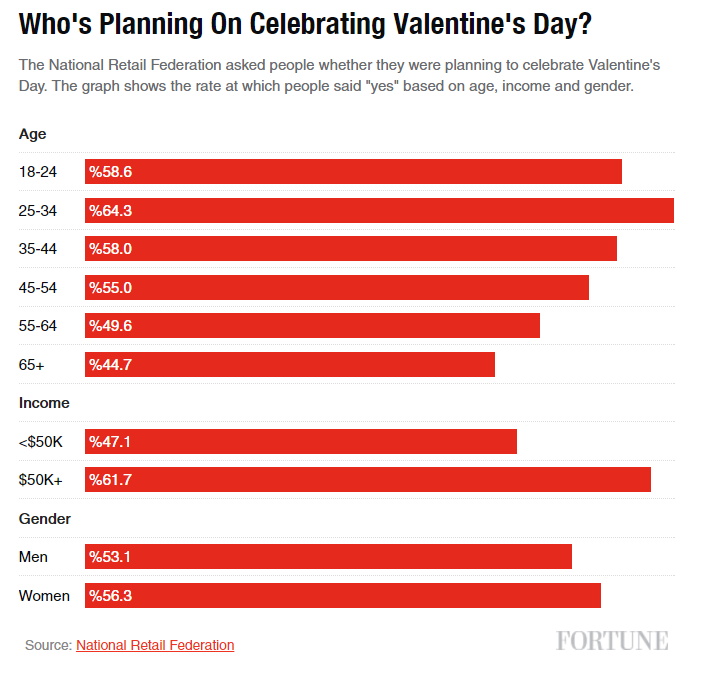
2. Valentine’s Day Consumer Spending is Second Only to Christmas
Spending lots of money on Valentine’s Day is pretty normal. On average, people spend $512.03 for the special day.

Considering what people are buying, the numbers add up…
3. Jewelry is the biggest consumer spending category, followed by Experiences
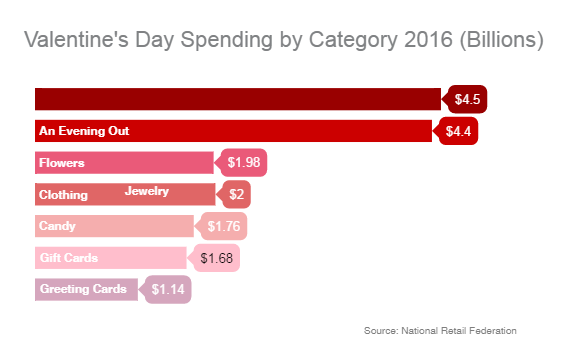
4. $681 Million total Valentine’s Day gifts are spent on pets

Just a few of our very own doggy friends at ClearPier.
That’s right. Consumers love their pets and Valentine’s Day is just another excuse to dote on our furry friends. In fact, 19% of all Valentine’s Day gifts go to pets, averaging out at $26 per shopper.
5. Singles, couples, men and women all participate – but men on average spend TWICE as much
No a days, it would be a mistake for marketers to focus on only couples. Many single people now also celebrate Valentine’s Day, while others simply buy presents for friends.
In fact, Bing has reported that when people search “Valentine’s Day Gifts For…” 22% of people fill the rest of that sentence in with “husband,” 20% finish it with “friend,” and 17% type in “boyfriend.”
And although things have changed, some traditional gender norms seem to persist as men typically spend on average twice as much as women for Valentine’s Day. A single man may spend on average $71 for the holiday, while a single woman may only spend $40, although people in a relationship typically spend more.
6. More people are shopping online, and Mobile drives that growth
From 2015 to 2016, mobile searches for Valentine’s Day rose from 40% to 48% according to Bing. However, there is still a 50-50 split between desktop and mobile shoppers.
7. 50% of proposals actually happen around Valentine’s Day which contributes to keep jewelry a popular gift item
That’s good news for brands advertising big ticket items like engagement rings, ear rings, necklaces, and more.
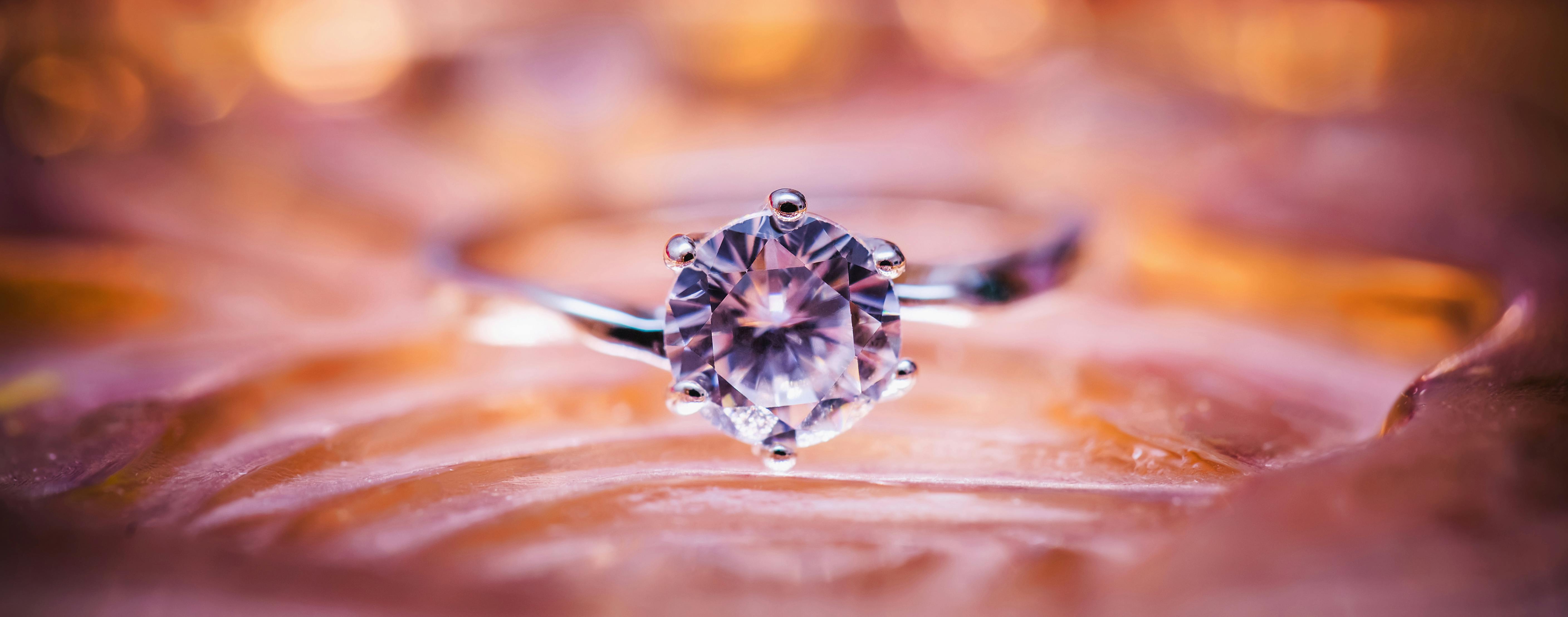
8. But Experiences based gifts or evenings out are also popular – great news for local search.
39% of individuals prefer gifts like tickets to a concert, a dinner out, or a day at the spa or a relaxing stay at a ritzy hotel to material gifts.

And with 34% of consumers planning to eat out on Valentine’s Day, restaurant ads actually peak the day before the holiday. And the reason for that may simply be that Valentine’s Day gifting usually includes less planning and more impulse purchases instead.
9. These were the most popular search terms in 2016 on Bing for Valentine’s Day (Desktop):
- Etsy
- Flowers
- Olive Garden
- Valentine’s Day
- Victoria Secret
- Edible Arrangements
- Love
- Kay Jewelers
- Hearts
- Eddie Bauer
10. These were the most popular search terms in 2016 on Bing for Valentine’s Day (Mobile):
- Jewelry
- Valentine’s Day
- Engagement rings
- Earrings
- Love
- Gift card
- Pandora charms
- Etsy
- Necklace
- Online grocery
11. Valentine’s Day results in 7.6% increase of usage for matchmaking apps like Tinder
In fact, according to Tinder, last Valentine’s Day the app saw a 7.6% usage increase and a 6% match increase (U.S.). Messaging also increases by 5.2% (U.S.) on Tinder around Valentine’s Day.
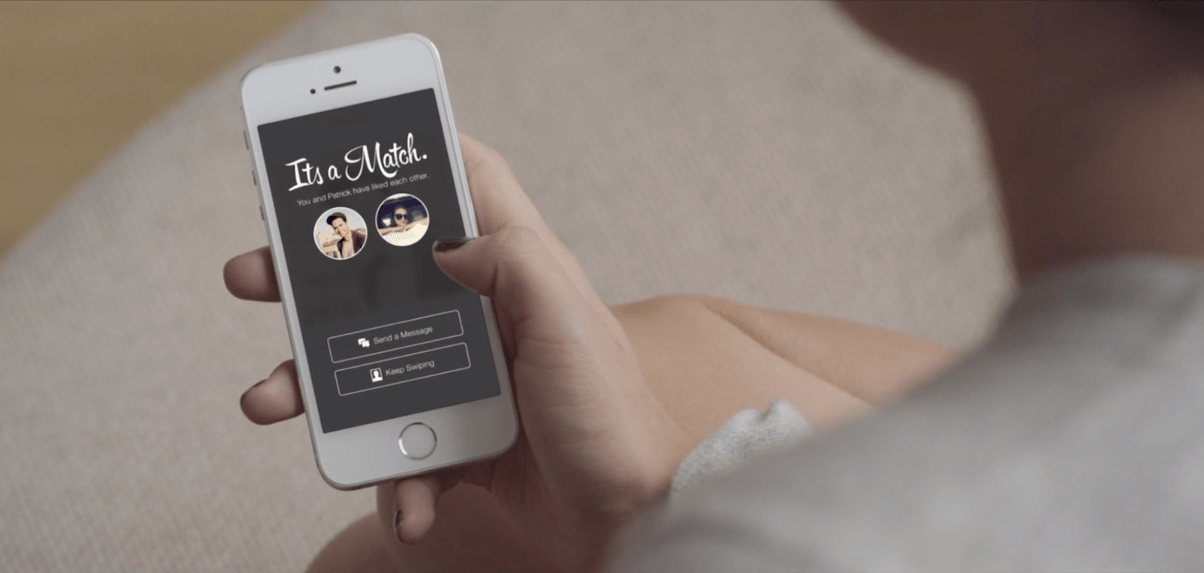
So it’s a happy Valentine’s Day for many, indeed.
You can get more Valentine’s Day marketing insights from Bing in their Search Bing for Love presentation.
Want to learn more? Connect with our team at sales@clearpier.com
ClearPier's Solavid Division Heads to Barcelona for MWC 2017
Mobile World Congress is happening February 27-March 2 this year in Barcelona! We’re happy to announce that ClearPier’s Solavid Division will be attending.
The mobile industry continues to be characterised by high levels of growth and opportunity, and as the industry becomes more dynamic, the opportunities within it increase in equal amount, as do the challenges. In 2017, the Mobile World Congress conference programme will provide an essential, in-depth coverage of the contemporary and future mobile industry, highlighting specific areas of growth and opportunity.
ClearPier’s Jignesh Shah, CTO, Theo Terris, CEO of Solavid by ClearPier, and Amir Keren, Head of Video at Solavid, by ClearPier will all be in attendance.
If you’re an advertiser or publisher and will be at Mobile World Congress and want to learn more about ClearPier’s video solution, schedule a meeting with us now!
Email video@clearpier.com.
We hope to see you there!
5 Creative Tips for Video Ads that Work
Video ad spend continues to grow driven by its ability to engage and strong
click-through rate at 1.84%.
Did you know that by this time next year, US Digital Video ad spend may hit $11.72 Billion? On a dollar basis, US digital video ad spending is expected to reach $28.08 billion by 2020, up from $9.90 billion in 2016 (eMarketer).
Programmatic video buying is also seeing extensive adoption and growth – accounting for 41% of all Digital Video dollars spent. That represents 58% growth over the past 2 years.
The numbers aren’t surprising considering video’s ability to engage and its strong click-through rates at 1.84% (BI Report).
Video is on the up and up as consumers continue to cut ties to traditional media and turn to digital. Audiences are increasingly discovering content, being entertained, and uncovering new brands through video consumption online, most especially on mobile devices.
As demand for video rises, advertisers need to adapt to the new medium to generate maximum results. Earlier this year, Yahoo and Nielsen & Hunter Qualitative partnered to produce a report on native video advertising that also highlighted some best practices for brands to create stronger video ads.
So how can you find success with video advertising? Here are some of the best tips:
1. Use Large Logos
When it comes to video ads on mobile, the larger the logo the better. Large logos can increase brand familiarity by 24%, affinity to convert by 17%, and brand recommendation increase by 33% according to Yahoo.

For Millennial audiences on mobile, affinity conversion increases by 25% when large logos are used – that’s 11.5x higher than on desktop.
So remember to GO BIG with logos.
2. Always Employ a CTA
Consumer purchase intent increases by 14% for video ads on mobile devices if advertisers employ a call to action (CTA).
Encouraging visitors to take a specific action to take them further along your sales funnel. Whether it’s a sign up, call, or click – CTAs represent lower-funnel metrics like purchase intent and brand recommendation which all help measure your ads performance.

3. Optimize Your Creatives for Mobile
When creating your videos keep in mind that on mobile, you can watch video either horizontally or vertically (including vertical landscape and vertical portrait). Optimizing your video ads for screen alignment is therefore extremely important.
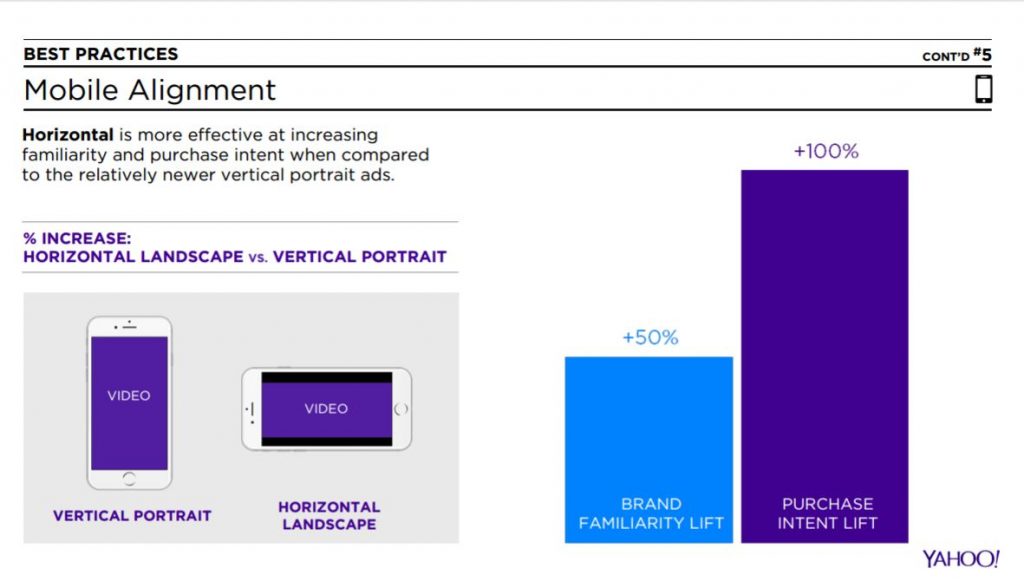 Traditional horizontal landscape videos are the most efficient at driving top and bottom funnel metrics like purchase intent and brand familiarity.
Traditional horizontal landscape videos are the most efficient at driving top and bottom funnel metrics like purchase intent and brand familiarity.
4. Go with Traditional Length for Pre-Roll
We know that the traditional video ad lengths that run for 15-30 seconds work. When videos are shorter, say just 5 seconds, brand affinity conversion, brand recall and purchase intent metrics don’t do so well. 5 seconds may simply not be long enough for audiences to process and recall a brand.
Slightly longer video spots generally perform better, but only if they are entertaining, humorous, interesting, engaging and relevant to the viewer.
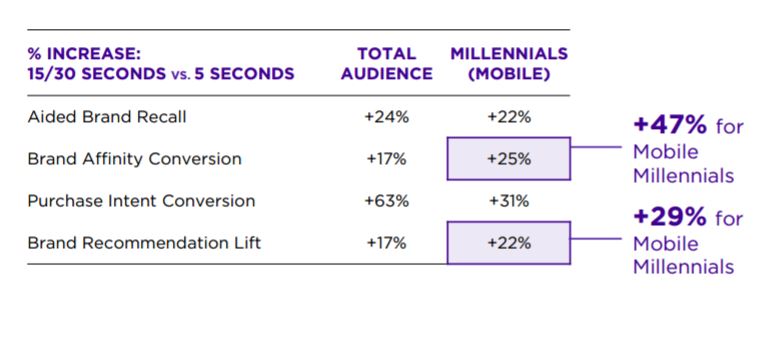
For Native video ads, Yahoo recommends 15 seconds which reportedly drive greater recall and purchase intent.
5. Go Ahead and Auto-Play
Digiday reported earlier this year that 85% of Facebook’s videos are watched without sounds, and other publishers seem to agree.
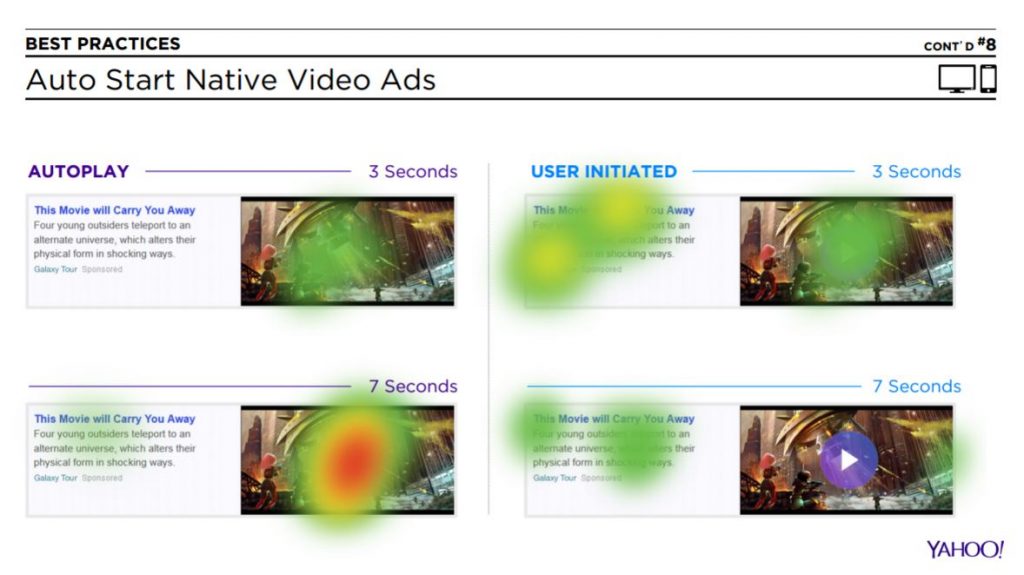
Yahoo advises that auto-pay significantly increases brand recall when compared to user-initiated videos play. Eye tracking indicates that auto-play helps keep viewers focused on the video ad itself, whereas user initiated videos depend more heavily on copy which can negatively impact engagement.
Video ad spend will only grow as the medium matures online and across mobile. But advertisers and brands need to experiment, test and optimize. Just remember to keep these best practices top of mind. Check out the full Yahoo report here.
Learn how ClearPier can improve your video campaigns. Connect with our team at sales@clearpier.com
The Top 3 Emotion Driven Campaigns at the Rio Olympics
A look back at the 2016 Rio Olympic Game’s best branded campaigns to inspire us to be better marketers.
Seldom does a spectacle come along that draws as many eyes as the Olympics. It is an extraordinary feat to garner the attention of millions, and inspire such raw emotional reactions from around the world simultaneously.
Although Nielsen ratings have reported that U.S. television viewership numbers for this year’s Olympics were significantly lower than years past, there is no denying that brands made big waves digitally. Just over 27 million viewers tuned in to Rio’s opening ceremonies compared to the 40.65 million viewers of the 2012 London Games (CNBC). The near 30% decline in television viewers may be frustrating news for networks, but is indicative of a larger shift in the ways people are engaging with media, globally (Variety).
For marketers, the shift in screens from TV to digital is worth taking note. Although the games have officially ended now, advertisers should be re-examining the ways in which top brands leveraged the Olympics creatively and across screens.
We look back at the 2016 Rio Olympic game’s best brand executions that reached the podium, and inspires us to be better marketers.
1. “Unlimited” by Wieden + Kennedy Portland for Nike
Nike’s “Unlimited” campaign, which hails the everyday athlete as heroes, was ranked by Google as the most memorable campaign of the games. Among the top 12 brands that Google tracked that aired ads during NBC’s broadcast, Nike topped the list with 3.5 billion total impressions.
One of the most meta and most interesting video ads was “Unlimited You” which has garnered nearly 36.5 million views to date on YouTube. The spot shows how to inspire viewers by imagining the ordinary as extraordinary while maintaining viewer attention through the use of hyperbole. Featuring house-hold sports names like Serena Williams, Kevin Durant as well as those not so well known, the video reminds audiences that there are no limits. With Star Wars: The Force Awakens actor, Oscar Isaac, added into the mix as a fourth-wall breaking narrator, Nike’s “Unlimited You” gave a fresh take on the typical “inspiration sports ad.”
2. #ThatsGold by Ogilvy & Mather Brazil for Coca-Cola
Coca-Cola is no stranger to the emotional-sell. From its iconic “I’d Like to Buy the World a Coke” commercial in 1971 – often cited as one of the most well-known ads of all time – to its “Open Happiness” campaign in 2011, Coca-Cola isn’t just a drink, it’s a feeling. Whether it’s a feeling of hope, peace, joy, or overwhelming achievement, you always “Taste the Feeling” with Coca-Cola.
The brand’s global Rio Olympics campaigns is no different. The “#ThatsGold” campaign is all about the thrill of winning starring 79 athletes of varying disciplines from 23 countries. An appropriate angle that reminds us that the Olympics is what it is – a competition.
Coca-Cola has been sponsoring the Games since 1928, but what’s interesting about this year was the brand’s ability to up audience engagement by tapping into real-time brand moments through social media. The #ThatsGold hashtag helped both its marketers and fans to capture relevant gold moments. In doing so, Coca-Cola illustrates how to get in front of audiences and get them engaged across multiple channels.
3. #DoWhatYouCant by Leo Burnett Chicago for Samsung
Samsung’s “Do What You Can’t” campaign is a powerful example of emotional selling. The campaign features six main athletes from around the globe that have defied impossible odds to be able to make it to the Olympic stage including Tom Daley of Great Britain, Shelley Watts of Australia, and Gabriel Medina of Brazil. The campaign also demonstrates the inspiration that comes from imagining a united world in full harmony, as seen in “The Anthem,” which has been viewed 29.8 million times on You Tube already.
One of the most moving ads, however, is “The Chant” featuring South Sudanese track star Margret Rumat Rumat Hassan for Samsung’s new cord-free IconX earbuds. Considering the fact that South Sudan was not yet recognized as a country just five years ago, Hassan’s achievement story – a symbol of South Sudan’s achievements – are what makes this ad so powerful. 2016 was the first time the country participated in the Olympics.
From the idea that barriers are made to be broken, to the feeling of winning; Nike, Coca-Cola and Samsung’s global campaigns for the Rio Olympics were hugely successful. They’re gleaming examples of how to make the emotional-sell work for today’s digital, multi-channel audiences. The challenge for marketers is to continue to reach the right audience and inspire them, no matter the channel. When it comes to sports related campaigns always remember: playing on the viewer’s heart strings is what brings home the gold.
Want to learn more? Connect with our team at sales@clearpier.com
Making Honest Connections: The ClearPier Story
https://www.youtube.com/watch?v=oIJJ8AwV1LA
Everyone has been asking, who is ClearPier? Let us tell you all about our mission.
ClearPier was founded on the firm belief that the field of Digital Marketing must be held to higher standards of accountability. Historically the least transparent elements of Digital Advertising have been ad price, performance, and placement. Advertisers have struggled with the problem of ad fraud, paying for ad placements that deliver poor results.
Meanwhile, publishers have seen their margins shrink as more layers in the traditional ad stack are added into the digital advertising process. Thus the problem in the market: although advertisers over pay for ad space, publishers never see those additional profits, which are instead, reaped by the middle men.Msk
The driving mission behind ClearPier, founded by partners Sunil Abraham (CEO), Jignesh Shah (CTO) and Steve Melles (Co-Founder) in 2012, is to solve this problem by using innovative and creative technology to offer advertisers and publishers a completely transparent digital marketing solution where everyone wins.
At the core of the business is cutting-edge technology and driven, passionate people rallying together to achieve a singular mission: to make programmatic ad buying and selling simple, easy, and brand-safe.
Watch the video and learn all about how ClearPier is changing the advertising landscape in Canada.
Share
[sgmb id=”1″]
